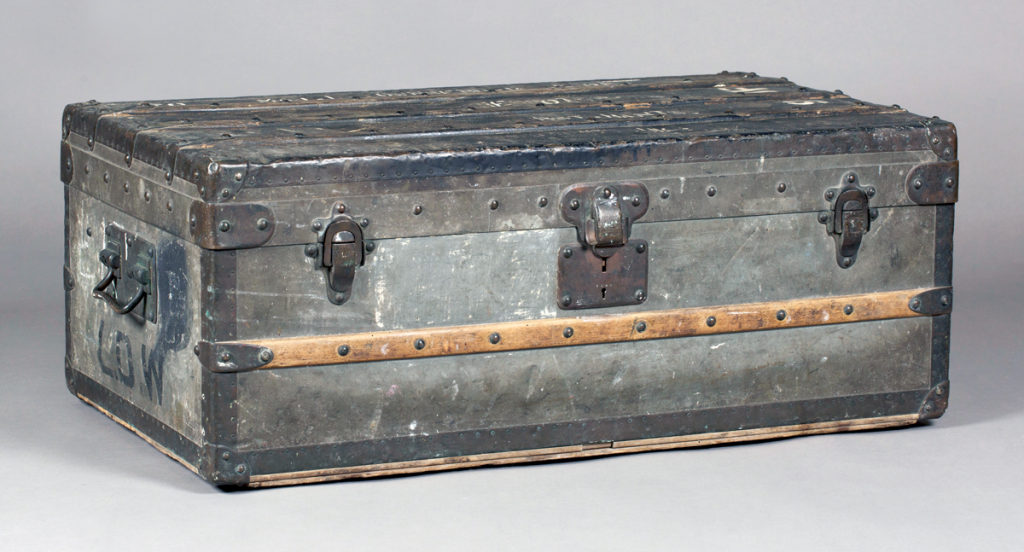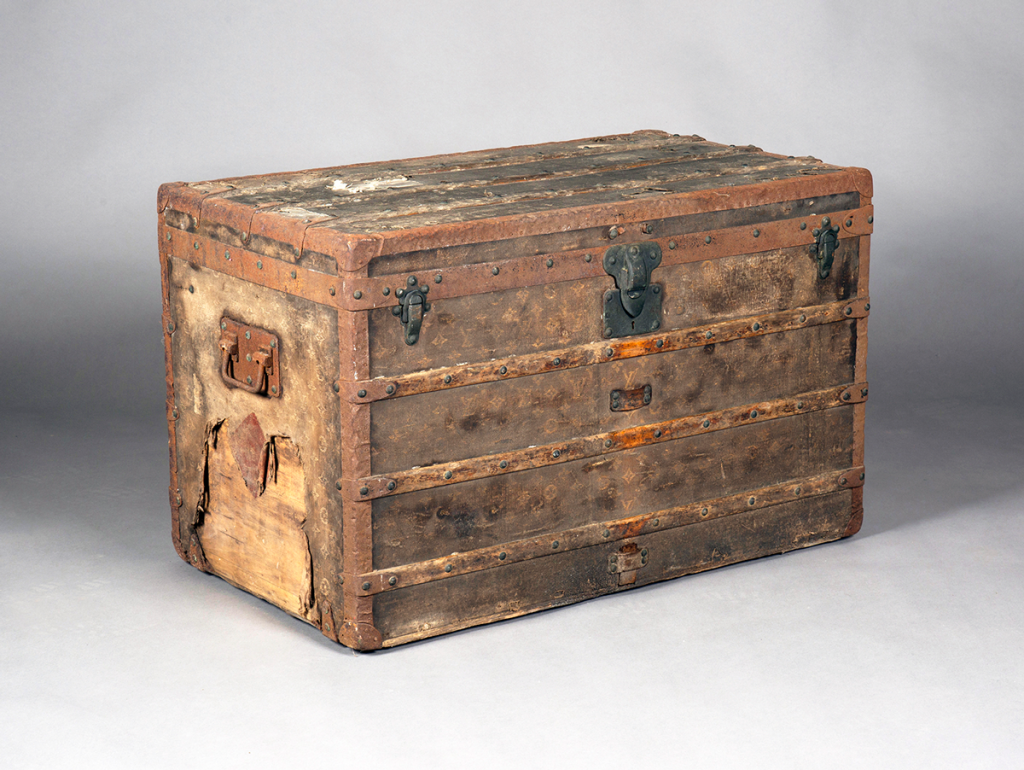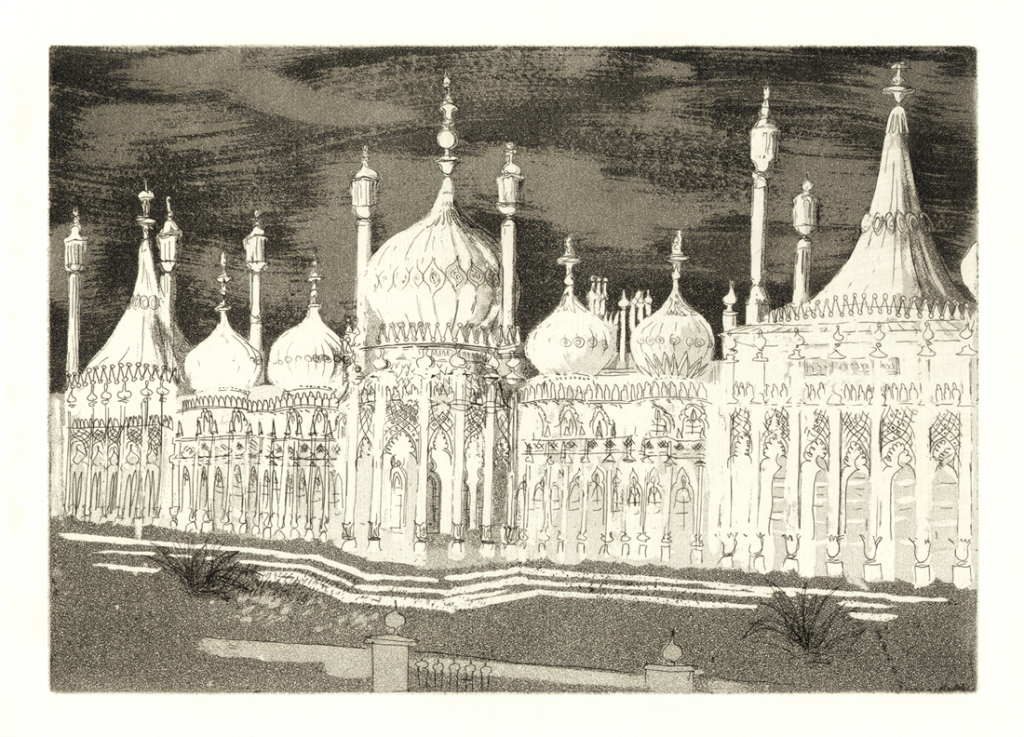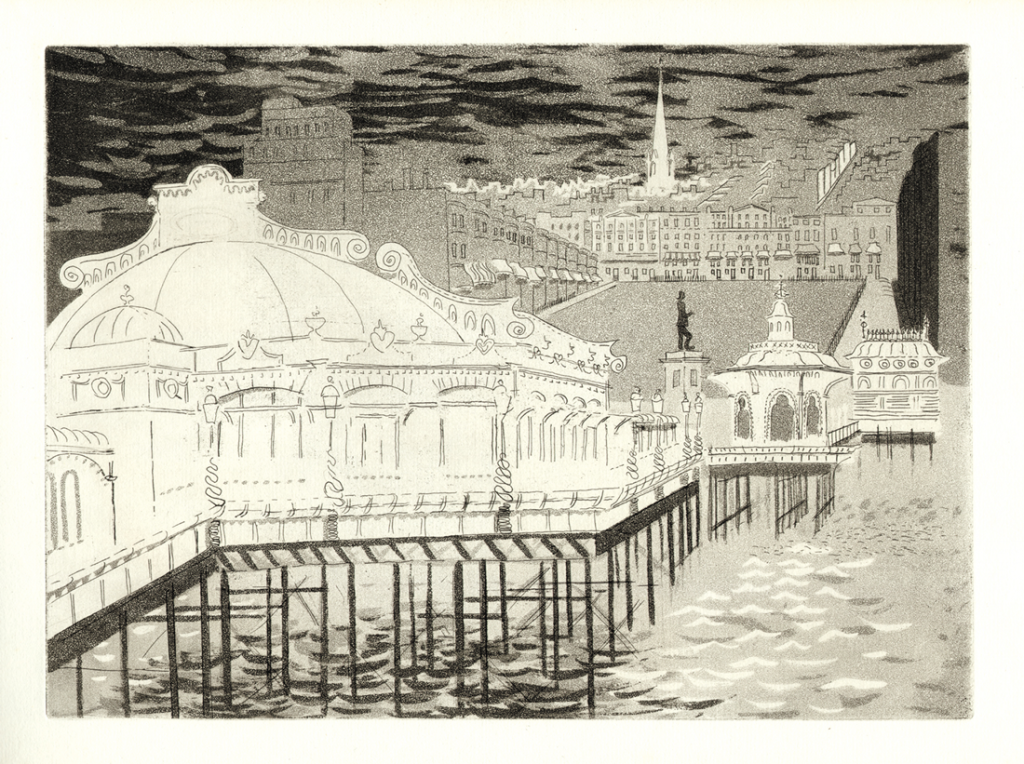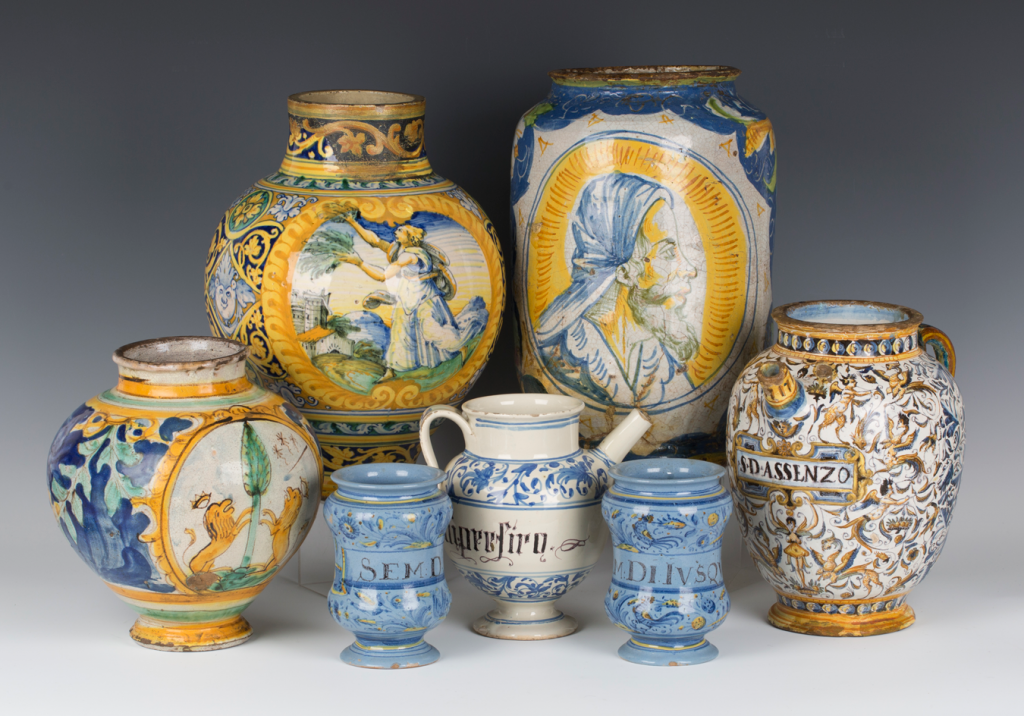 As I’m writing this, the whole world is struggling with the dire effects of the awful Coronavirus that has caused such devastation to every aspect of our lives. There is a race to find a viable vaccine that could potentially release us all from lockdown and give us back our freedom. In the absence of that vaccine we rely on the medical care we currently have access to and put our faith in. It has been that way since records began, with medicine being an important part of our life.
As I’m writing this, the whole world is struggling with the dire effects of the awful Coronavirus that has caused such devastation to every aspect of our lives. There is a race to find a viable vaccine that could potentially release us all from lockdown and give us back our freedom. In the absence of that vaccine we rely on the medical care we currently have access to and put our faith in. It has been that way since records began, with medicine being an important part of our life.
Today we are used to blister packs of pills and glass bottles of medicine, but before these innovations, apothecaries – the modern day pharmacist – stored their supplies primarily in pottery receptacles. These were ideal for the storage of dry herbs or liquid remedies as they could be made in any size required, sealed with something like wax and labelled accordingly.
During the Renaissance period the role of the apothecary increased greatly as important innovations and discoveries were made in the fields of biology and human anatomy. An increased number of jars for the storage of drugs and remedies were required. An apothecary in charge of a large pharmacy attached to a monastery or palace could reasonably have around one thousand plus different drug-jars.
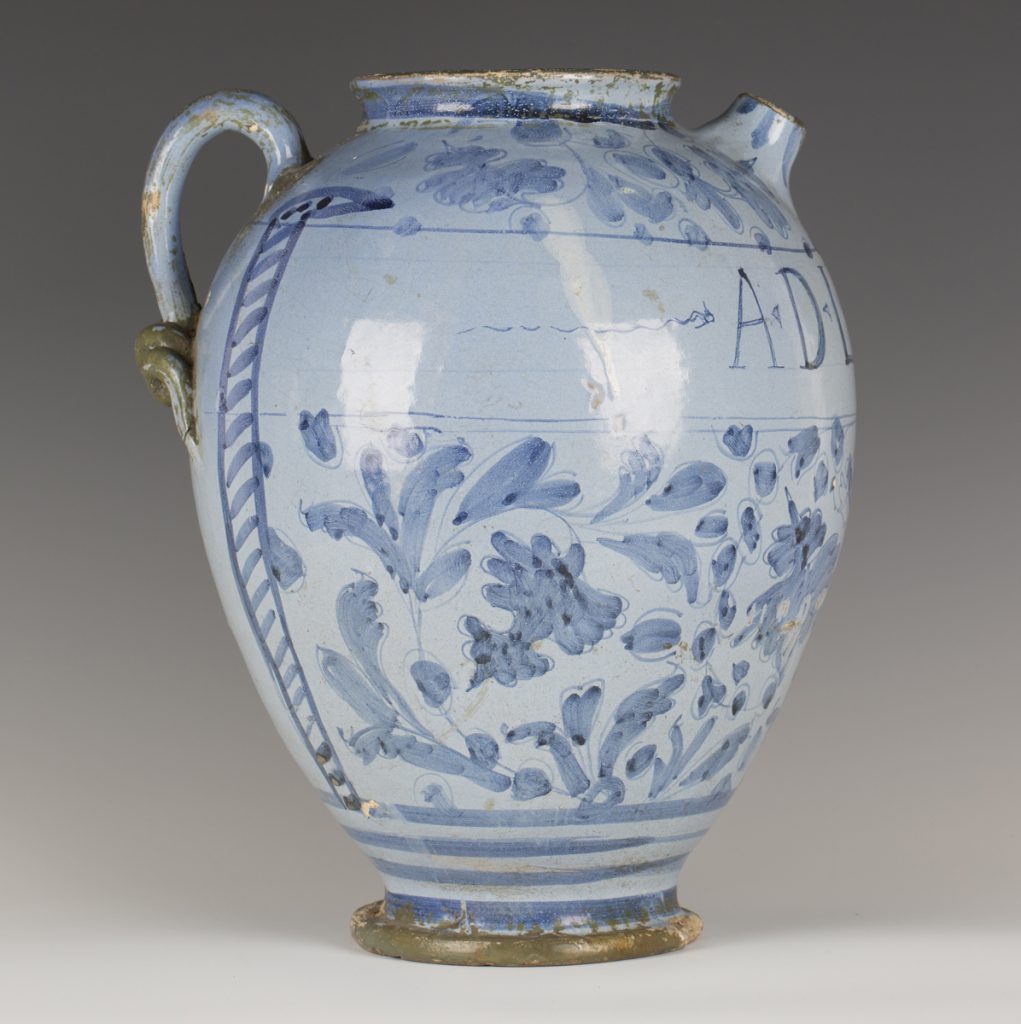
The sixteenth and seventeenth centuries in particular saw these jars take on a decorative side as well as a practical. Pharmacies would have a particular armorial or motif that was applied to all jars supplied to them, and areas of production would use a particular style, glaze or colouring. Much research has been done into the many different types of drug-jars which survive to this day, and we can now with much certainty attribute styles, shapes and decoration to particular areas of Europe or even specific potteries or decorators.
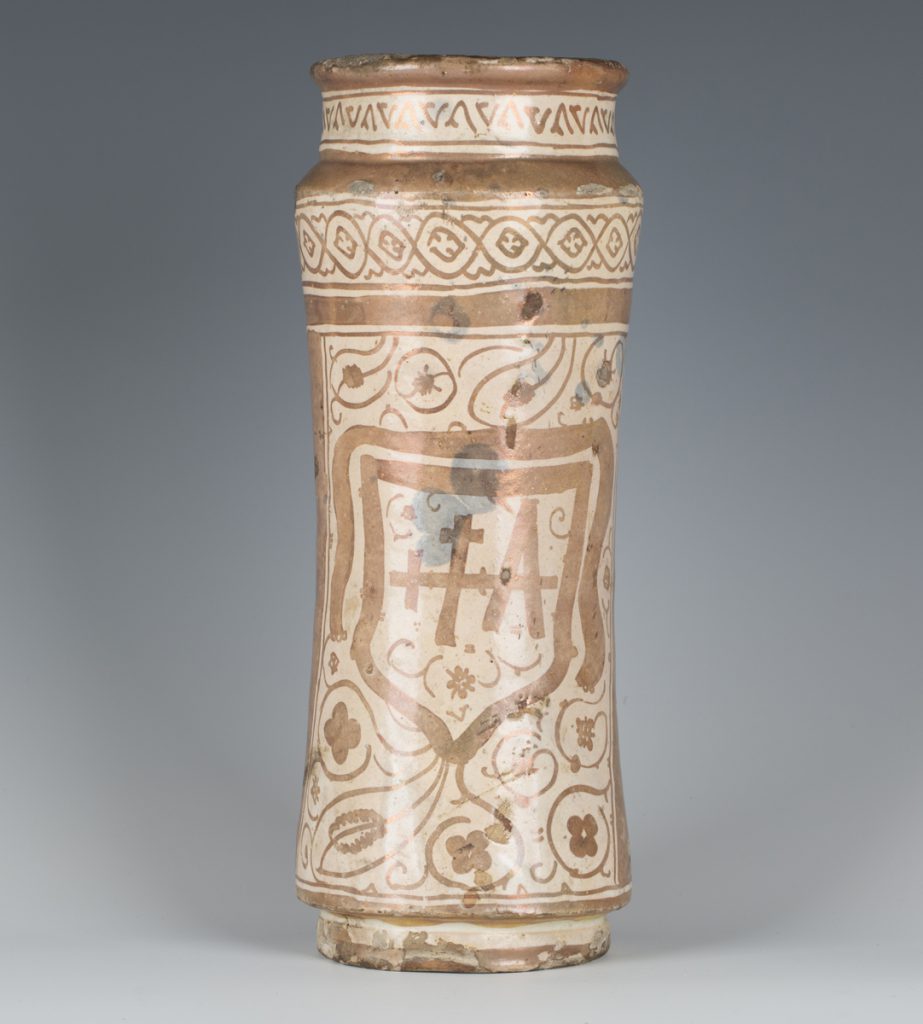
We are very fortunate to have in our 19th November 2020 auction of European Ceramics a private collection of tin-glazed pottery, which includes a number of drug-jars. This collection is part of that assembled by the late Professor Maurice Stacey CBE FRS, a chemist of the University of Birmingham. For his scientific work Stacey received many awards; this work included the first synthesis of vitamin C and the separation of uranium isotopes for the WW2 atomic bomb project. He was helped in the assembling of his collection by Professor F.H. Garner, also of the University of Birmingham, and a great collector of tin-glazed pottery, known as delftware. Professor Garner’s books on delftware are still widely respected today, so his influence on Professor Stacey’s collection is important.
A number of the drug-jars in the collection, or albarellos to give them their Italian name, have inscribed labels denoting specific drugs or remedies. We can only imagine the ailments and the people they may have potentially been used on 400 years ago.
